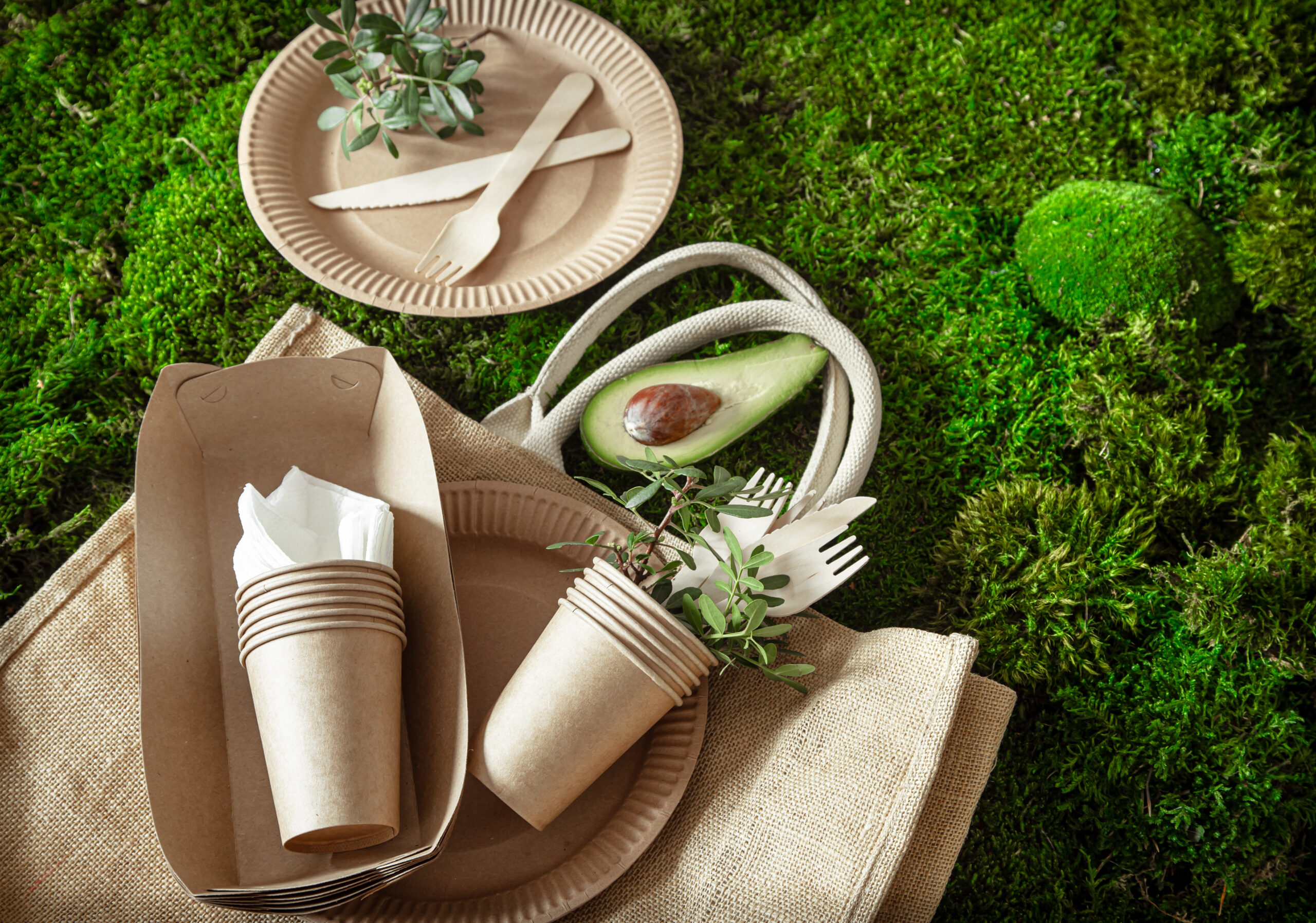How to Reduce Food Waste with Creative Recipes
Zero-waste cooking is more than just a trend; it’s a lifestyle that promotes sustainability, creativity, and a smarter approach to food consumption. With food waste contributing significantly to global environmental issues, embracing zero-waste cooking not only reduces the strain on the environment but also saves money and encourages healthier, more mindful eating habits.
What is Zero-Waste Cooking?
At its core, zero-waste cooking focuses on using every part of your ingredients, from root to stem and peel to core. The goal is to minimize or entirely eliminate food waste by finding inventive ways to utilize scraps that would otherwise end up in the trash. Whether it’s using vegetable skins to make crispy chips or repurposing leftover coffee grounds for a facial scrub, zero-waste cooking is about maximizing the value of every ingredient you bring into your home.
The Environmental Impact of Food Waste
Around the world, approximately one-third of all food produced goes to waste. This waste not only represents wasted resources, such as water, energy, and labor, but it also contributes to greenhouse gas emissions as food decomposes in landfills. By adopting zero-waste cooking, individuals can make a small but powerful impact on reducing this burden. You aren’t just preparing meals; you’re making an environmental statement.
How to Get Started with Zero-Waste Cooking
Zero-waste cooking doesn’t require exotic ingredients or fancy equipment. In fact, it’s quite the opposite. The philosophy encourages using what you have on hand and transforming common kitchen scraps into something new and delicious. Here’s how to begin your journey into zero-waste cooking.
1. Plan Your Meals Thoughtfully
Planning meals ahead can significantly cut down on food waste. Start by checking what you already have in your pantry, fridge, and freezer. Build your weekly meal plan around those items, incorporating any leftovers from previous meals. This way, you not only reduce waste but also save on grocery bills. Use apps or even a good old-fashioned chalkboard to track perishable items so they don’t get lost in the fridge abyss.
2. Learn to Love Leftovers
Leftovers shouldn’t be boring. They are opportunities for creativity! Use leftover roasted vegetables for frittatas, soups, or grain bowls. If you have leftover grains, like rice or quinoa, turn them into stir-fries or burrito fillings. Even stale bread has multiple lives—it can be transformed into croutons, breadcrumbs, or even bread pudding.
3. Preserve Your Produce
If you find yourself with an abundance of produce that might spoil soon, preservation techniques can save the day. Freezing, fermenting, pickling, or canning are fantastic ways to extend the shelf life of fruits and vegetables. For instance, make a simple vegetable stock with peelings and freeze it for future use. Ferment cabbage into sauerkraut, or pickle cucumber slices to add a tangy punch to your dishes.
4. Use the Whole Vegetable
One of the most exciting aspects of zero-waste cooking is discovering how many parts of vegetables are edible. The stems, skins, and even leaves that many people discard are often packed with flavor and nutrients. Carrot tops can be turned into a delicious pesto, while broccoli stems add crunch to salads or stir-fries. Even potato peels can be roasted for a crispy snack. Don’t shy away from experimenting—sometimes the least expected parts of a vegetable can become the star of your dish.
5. Creative Uses for Scraps
Embrace the potential of your kitchen scraps. Citrus peels can be candied, used to infuse oils, or even incorporated into desserts. Coffee grounds can be repurposed for garden compost or used as a natural exfoliant for your skin. Save your eggshells to make a calcium-rich powder for your plants. These creative strategies not only save you money but also minimize your household waste.
6. Batch Cooking and Freezing
Cooking in bulk reduces the likelihood of ingredients going bad. Make big batches of soups, stews, or casseroles, then freeze portions for later. This method ensures that you always have a homemade meal ready, reducing the temptation to order takeout or throw away unused ingredients.
Zero-Waste Recipes to Try
Below are a few zero-waste recipes that make the most of your ingredients and inspire you to reduce waste while eating deliciously.
Crispy Potato Peels with Herb Salt
When you peel your potatoes, don’t toss the skins. Instead, toss them with olive oil, sprinkle with herb salt, and bake them for 10 minutes at 400°F. You’ll have a snack that’s not only tasty but also eliminates food waste.
Carrot Top Pesto
Carrot greens are often discarded, but they have a fresh, slightly peppery flavor that’s perfect for pesto. Blend carrot tops with garlic, olive oil, nuts (like walnuts or almonds), and a squeeze of lemon juice for a delicious spread that pairs well with pasta or sandwiches.
Vegetable Scrap Stock
Save all your vegetable scraps—carrot peels, onion ends, celery leaves—and store them in a freezer bag. Once you have enough, simmer them in water with a bay leaf and a few peppercorns to create a flavorful broth. This homemade stock can be used as a base for soups, risottos, or sauces.
Banana Peel Curry
Yes, banana peels are edible! They contain a surprising amount of fiber and can be used in curries or chutneys. First, clean the peels, then chop them up and simmer with your favorite curry spices. The result is a unique dish that uses every part of the banana.
Zero-Waste Mindset Beyond the Kitchen
Zero-waste cooking isn’t just confined to what you eat. It extends to how you shop, store, and even dispose of food. When grocery shopping, bring your own reusable bags and containers to avoid plastic waste. Buy in bulk when possible to minimize packaging. In your kitchen, store food in glass containers or beeswax wraps rather than single-use plastics.
Even composting plays a vital role in zero-waste living. For the scraps that you can’t reuse, a compost bin can turn food waste into nutrient-rich soil for your garden, completing the food cycle in an eco-friendly manner.
Conclusion: Every Bite Counts
Zero-waste cooking doesn’t just reduce waste—it enhances your culinary experience. It pushes you to be more resourceful, more creative, and more mindful. You’ll discover flavors and textures in ingredients you might have once discarded, all while making a positive impact on the environment. Every meal you prepare with zero waste contributes to a healthier planet and a more sustainable way of living.

